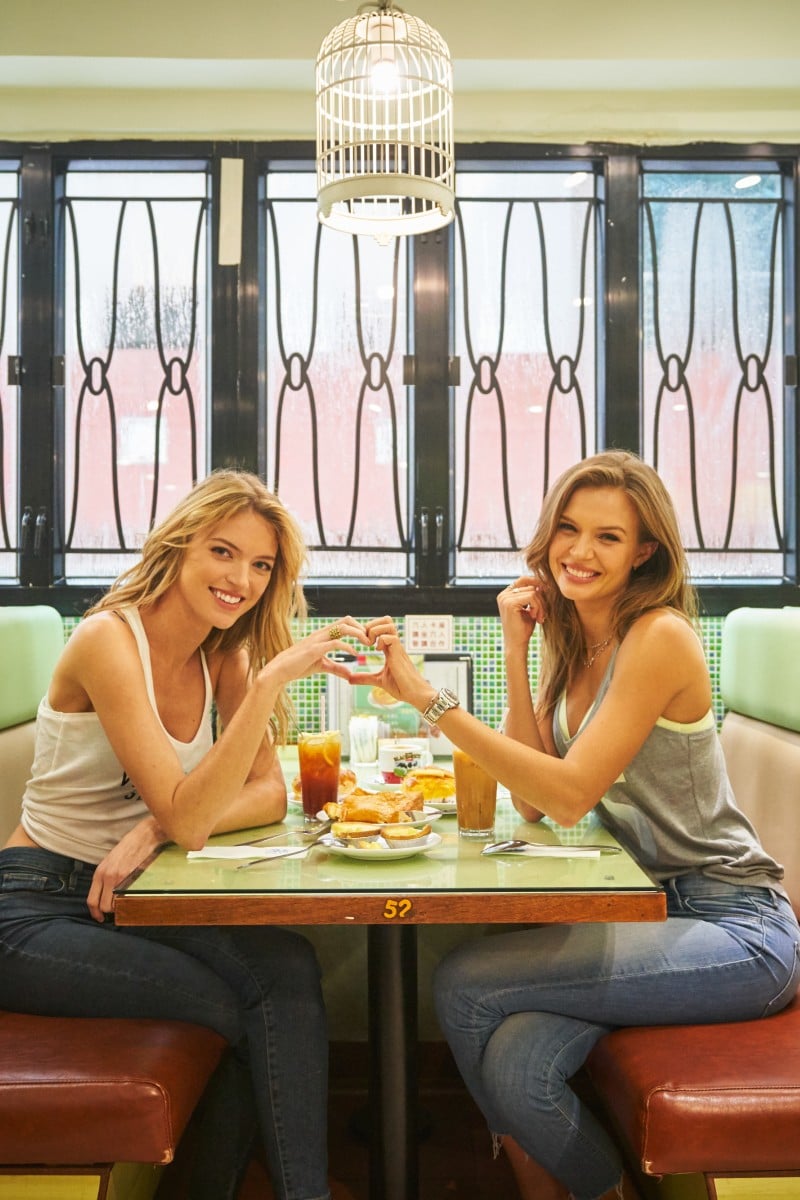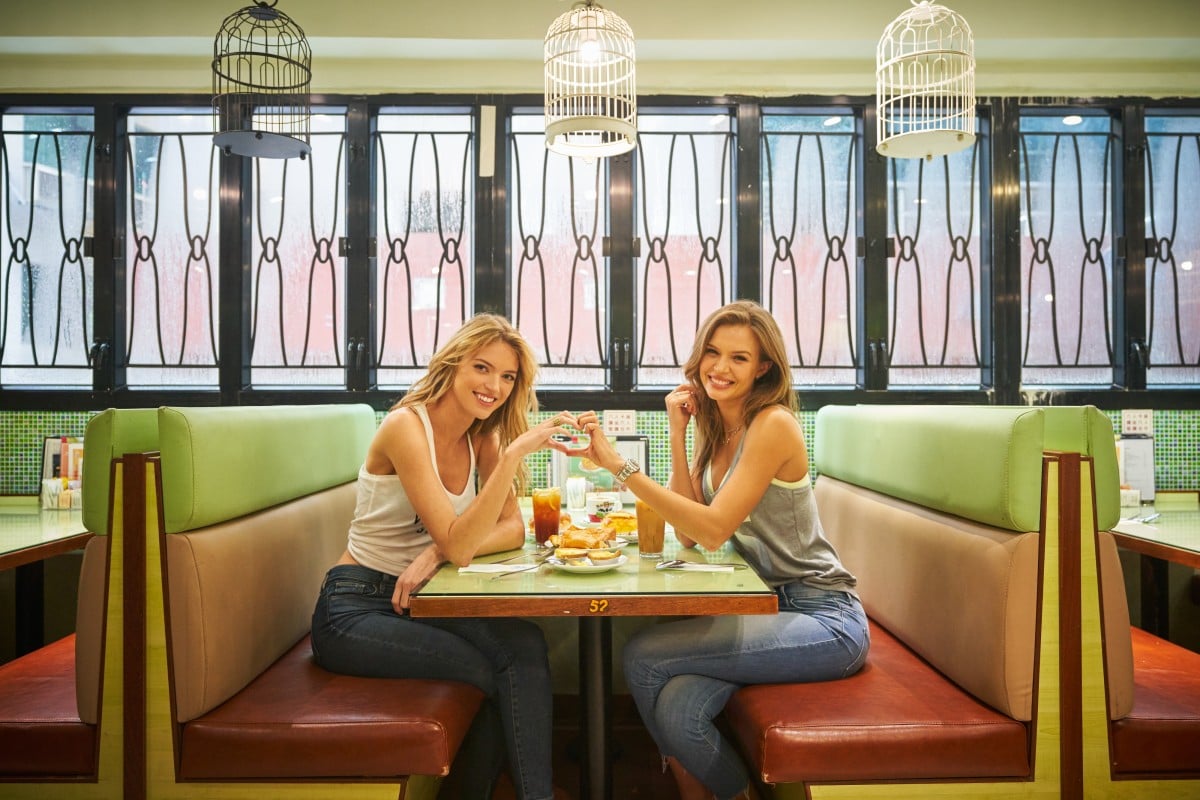
Why these Victoria’s Secret Angels use social media to talk about bullying, insecurities, LGBTQ issues, and being a role model
They are proof that modern models are more than just pretty faces – they’re doing their part to help make society better
 Martha Hunt (left) and Josephine Skriver are more than just models – they’re role models for young people, too.
Martha Hunt (left) and Josephine Skriver are more than just models – they’re role models for young people, too. For decades, fashion models have represented a fantasised ideal of what women should aspire to, physically. In the 60s, it was Britain’s Twiggy who ruled the runway, with her wide eyes and iconic pixie haircut. The 80s saw the rise of the supermodel, and Cindy Crawford and Linda Evangelista were worshipped for their raw charisma. But for the most part, they have just been seen – not heard.
This last decade, however, with the rise of social media and fourth-wave feminism – a movement that began around 2012, powered by online discussions and debates on women’s rights – models are making their voices heard, using their platforms to inspire and educate their followers.
Two such models are Martha Hunt and Josephine Skriver, Victoria’s Secret Angels who were in Hong Kong this week to promote the opening of the brand’s new flagship store in Causeway Bay.
“I wasn’t an overnight sensation – I worked my way up and became a VS Angel,” says Hunt. “It was a dream come true to walk the runway for them.” American Hunt explained how, in the fashion world, the Victoria’s Secret runway is seen as the “Olympics for models”, with many desperate to slip on a pair of Angel wings.
Danish model Josephine Skriver admits that being a part of the Victoria’s Secret community has increased her following on social media, which has made her more careful about what she shares online.
“Having such a big platform makes you feel like a role model, because you know you have so many people looking up to you,” she says. “I want to always put my best foot forward. I speak a lot about the LGBTQ community, because I grew up as a rainbow child.” A rainbow child is someone that has been born to any lesbian, gay, bisexual, transgender or intersex person. (Skriver's mother is a lesbian and her father is gay.)
It is becoming more apparent that models are expected to do more than silently strut down a runway. Their most powerful tool isn’t just their looks, it’s their voices.
How social media is harmful to teenagers and how young Hongkongers cope with it
Hunt has been vocal about her struggle with scoliosis, which is when a person’s spine curves to the side, for which she underwent surgery when she was a teenager. “I felt more insecure during my early years because of my scoliosis. But I try to use those insecurities as motivation to make my body stronger.”
Hunt now frequently practises yoga and takes part in strength training – both of which worked to her advantage during the Victoria’s Secret casting. “I felt stronger and more empowered.”
Hunt also told Young Post that the conversation surrounding mental and physical health is an important one – and one that she has personally taken online. She has posted photos of herself in hospital receiving treatment for her condition to encourage others to seek help when necessary. “It’s important for boys and girls to understand that you mustn’t let anything defeat you,” she says.
But everyone – even a VS model – battles with insecurities and feelings of isolation from their peers. “I was called ‘giraffe’ or ‘gazelle’ growing up because I was very tall and skinny,” Skriver says.
“I didn’t feel good growing up, but everything gets a lot better.”
“What really helped me was starting to compliment myself. [Young people are] very self-critical and [we] know how to tear ourselves down more than anyone. So, I started doing this thing where every morning, I stand in front of the mirror and say three positive things about myself.”
Face Off: do Hong Kong kids spend too much time on social media?
Skriver also posts pictures of herself at LGBTQ marches, and fund-raises for organisations like GLAAD (Gay & Lesbian Alliance Against Defamation), an American NGO works to promote acceptance of the LGBTQ community, and provokes cultural change and progress.
Hunt and Skriver remain successful because they’re relatable to the youth of today, and wield social media like a weapon. They have built their brand on being real people who speak up about real issues, and as fashion models who want to help shape the future of the industry. Still, their ultimate goal is a simple one: they want people to be comfortable in their own skin.
“I want to encourage [people] to be proud and happy,” Skriver smiles. “Love is love – you should just be yourself.”
